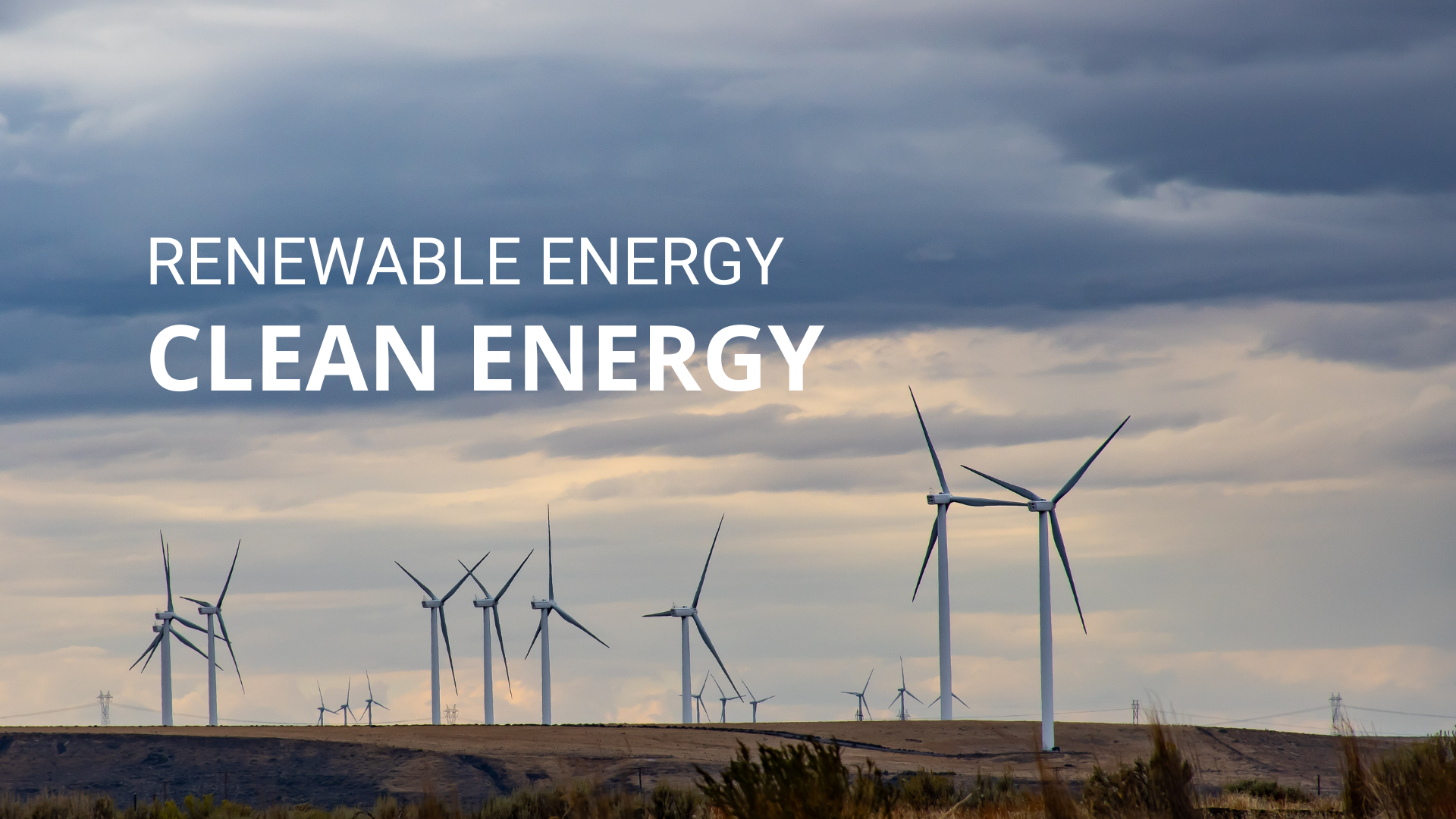Truth of Govt. Departments
Trends In India's Renewable Energy Revolution: How India is Becoming a Global Leader in Clean Energy
The renewable energy sector in India is poised for continued growth in the coming years.
- The government is committed to promoting renewable energy, and the private sector is investing heavily in the sector.
- The renewable energy sector has the potential to play a major role in India's sustainable development.
- Falling costs, Government support: , Private sector investment
Renewable energy, India, Government, sector
Trends In India's Renewable Energy Revolution: How India is Becoming a Global Leader in Clean Energy
Renewable Energy Sector in India: A Review
Introduction
Renewable energy is one of the fastest-growing sectors in India, and the government is pushing hard for a transition to clean energy. The government has set a target of achieving 450 gigawatts of renewable energy capacity by 2030. This is a very ambitious target, but it is achievable given India's vast potential for renewable energy.
Renewable Energy Potential in India
India has a rich renewable energy potential, including solar, wind, hydropower, biomass, and geothermal energy. According to the Ministry of New and Renewable Energy (MNRE), India has a solar power potential of 750 gigawatts (GW), a wind power potential of 300 GW, and a hydropower potential of 148 GW. India also has a significant potential for biomass energy and geothermal energy.
Government Initiatives to Promote Renewable Energy
The Indian government has taken a number of initiatives to promote renewable energy in the country. These initiatives include:
- Providing subsidies and tax breaks for renewable energy projects
- Developing renewable energy infrastructure, such as transmission lines and substations
- Promoting renewable energy investment through partnerships with the private sector
The government has also set a number of targets for renewable energy development. For example, the government has set a target of achieving 100 GW of solar power capacity by 2022 and 175 GW by 2023. The government has also set a target of achieving 60 GW of wind power capacity by 2022 and 100 GW by 2023.
Growth of the Renewable Energy Sector in India
The renewable energy sector in India has grown rapidly in recent years. In 2021-22, India added a record 15.4 GW of renewable energy capacity. This was the highest annual renewable energy capacity addition in India's history.
As of August 2023, India has a total renewable energy capacity of 179.32 GW. This includes 67.07 GW of solar power capacity, 42.60 GW of wind power capacity, 103.55 GW of hydropower capacity, 10.50 GW of biomass power capacity, and 5.60 GW of small hydropower capacity.
Top Renewable Energy Companies in India
The top renewable energy companies in India include:
- Tata Power
- Suzlon Energy
- Adani Green Energy
- Renew Power
- Greenko Energy
- Sterling and Wilson Renewable Energy
- Mahindra Renewables
- Vikram Solar
- Waaree Energies
- Tata Cleantech Capital
- ReNew Energy Global
These companies are developing and operating renewable energy projects across the country, and they are also investing in research and development to improve the efficiency and affordability of renewable energy technologies.
Benefits of Renewable Energy
Renewable energy offers a number of benefits, including:
- Environmental benefits: Renewable energy is a clean and sustainable source of energy. It does not produce greenhouse gases or other pollutants.
- Economic benefits: Renewable energy can help to create jobs and boost economic growth. The renewable energy sector is also a major source of foreign investment.
- Energy security benefits: Renewable energy can help to reduce India's reliance on imported fossil fuels. This can help to improve India's energy security.
Challenges
Despite the rapid growth of the renewable energy sector in India, there are still some challenges that need to be addressed. These challenges include:
- High upfront costs: The upfront costs of renewable energy projects can be high. This can make it difficult for developers to finance renewable energy projects.
- Intermittency: Solar and wind power are intermittent sources of energy. This means that they do not produce electricity all the time. This can make it difficult to integrate renewable energy into the grid.
- Land acquisition: Land acquisition can be a challenge for renewable energy projects, especially in densely populated areas.
End of Conclusion
The renewable energy sector in India is poised for continued growth in the coming years. The government is committed to promoting renewable energy, and the private sector is investing heavily in the sector. The renewable energy sector has the potential to play a major role in India's sustainable development.
In addition to the above, here are some specific trends that are driving growth in the renewable energy sector in India:
- Falling costs: The costs of renewable energy technologies have fallen significantly in recent years. This has made renewable energy more competitive with fossil fuels.
- Government support: The Indian government is providing strong support for renewable energy development. This support includes subsidies, tax breaks, and other incentives.
- Private sector investment: The private sector is investing heavily in the renewable energy sector in India. This investment is helping to drive down the cost of renewable
Writer
Devraj Gorai


























